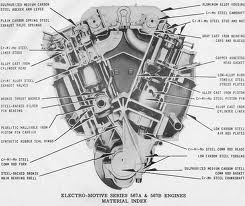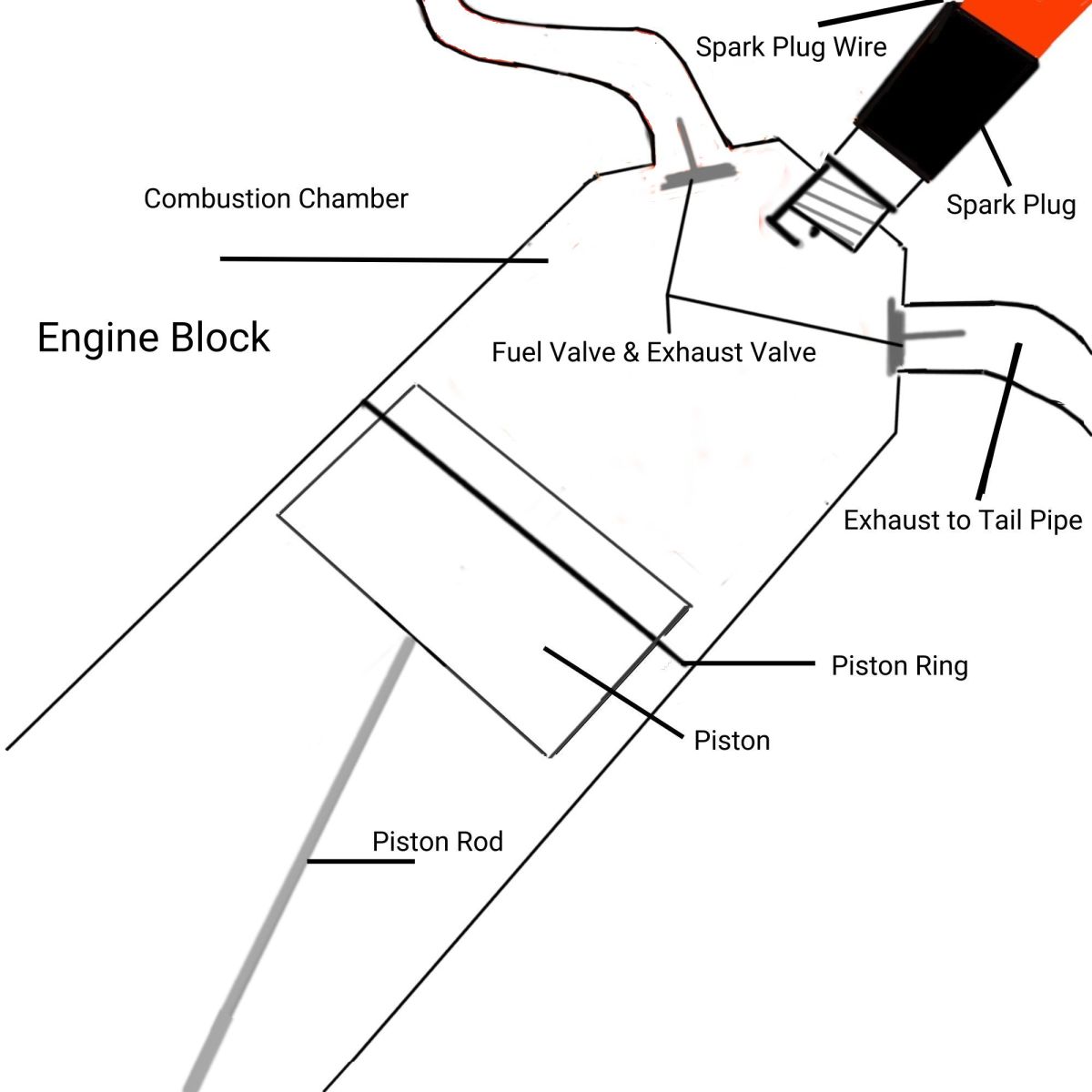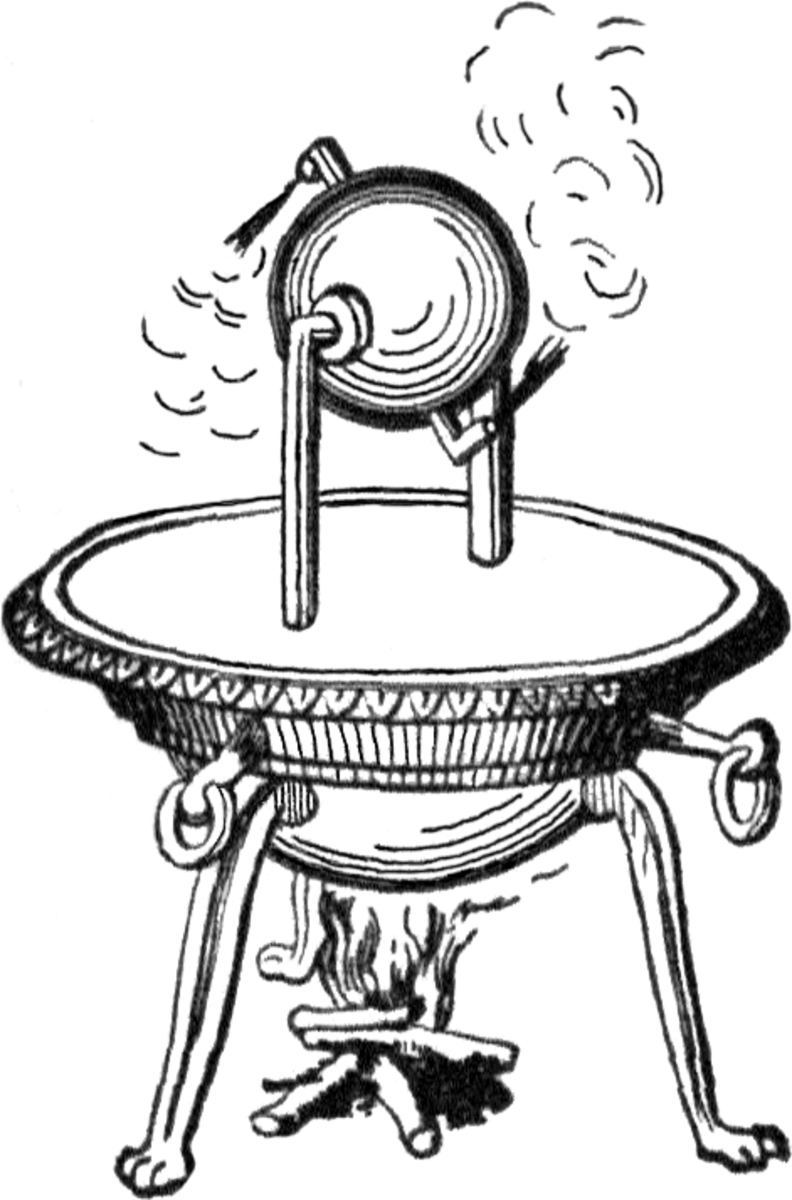Is this Detonation?
Vee engines have angled cylinder heads.

Can occur in industrial gas engines, but why?
Ash pounding is a phenomenon that only occurs in gas engines. This phenomenon is very often confused with detonation but as we will see the differences couldn't be further apart. Another unique effect of ash pounding is that it only occurs in vee engine. Vee engines have two rows of cylinder heads on each side of the engine commonly referred to as banks.
Gas engine oil formulation.
Industrial gas engines require a metallic ash to be formulated into the engine oil. The formulation of this ash has many different uses in a gas engine and without it the engine would be destroyed relatively easily. The formulation of metallic ash in engine oil is mainly made up from magnesium and calcium. So what role does this ash play in our engine oil.
Valve Recession
Firstly during normal engine operation small amounts of engine oil end up in the combustion chamber. When the oil is consumed in the act of combustion the residue left in the combustion chamber is a white ash like deposit. Deposits in the combustion chamber are generally unwanted but in the case of gas engines this plays a positive role. The face of the valve and the valve seat will have small amounts of ash deposits left on them after combustion takes place. This ash prevents metal to metal contact when the valves close. Because the ash prevents metal to metal contact the life of the valve and valve seat are increased. During normal engine operating conditions when the valve closes on to the valve seat the ash deposit is blown away so no large deposits of ash build up in the combustion chamber. Without the formulated ash in the engine oil maintenance intervals would have to be increased to overhaul the cylinder heads
Neutralizing Engine Oil Acids
The second reason industrial gas engines use metallic ash in the engine oil is due to its make-up. As I mentioned before the metallic ash is made up from mainly magnesium and calcium. These two compounds are alkaline and help the engine fight off acids that build up in the oil. One compound that is very common in natural gas is sulphur. Sulphur in the fuel gas will eventually find its way into the engine oil. The reason this happens is called blow by, as the piston rings wear down against the cylinder liner more and more gas will find its way into the crankcase. Gasses in the crankcase will eventually be absorbed into the oil. Another contaminant in the engine oil is water. Water can be found in the engine crankcase from natural condensation build up. When the sulphur compounds in the oil mix with water in the oil sulphuric acid is made and is highly aggressive against the softer metals in the engine like the main bearings for example. So the magnesium and calcium formulated into the oil counteract and neutralize the acids.
Ash Pounding Explained
The phenomenon of ash pounding can occur as the piston rings wear down badly or some other issue causes an oil control problem in the combustion chamber. As the oil is consumed in combustion it leaves ever large amounts of ash. As the problem worsens ash pounding will take place. The piston will be damaged always at the 6 o’clock position on the piston crown. So why does damage appear at 6 o’clock? If you can picture a vee engine the cylinder heads are at an angle. As the ash builds up gravity takes place and the larger build up’s of ash end up at 6 o’clock. When the piston reaches the top of its travel the ash will literally be pounded into the piston crown. Severe ash pounding will look like someone has beaten the piston crown with a hammer at the 6 o’clock position.
In Conclusion!
So in conclusion if your piston has a large dent in it at the 6 o’clock position it will be from ash pounding. If your piston shows signs of melting it will most likely be from detonation.
Please have a look at my other hubs.
- Detonation Theory - Cause and Effect
This blog describes the causes and effects of detonation occuring in the internal combustion engine.Detonation is a serious probem in engines and to fully understand how an engine works you need to know about detonation.







